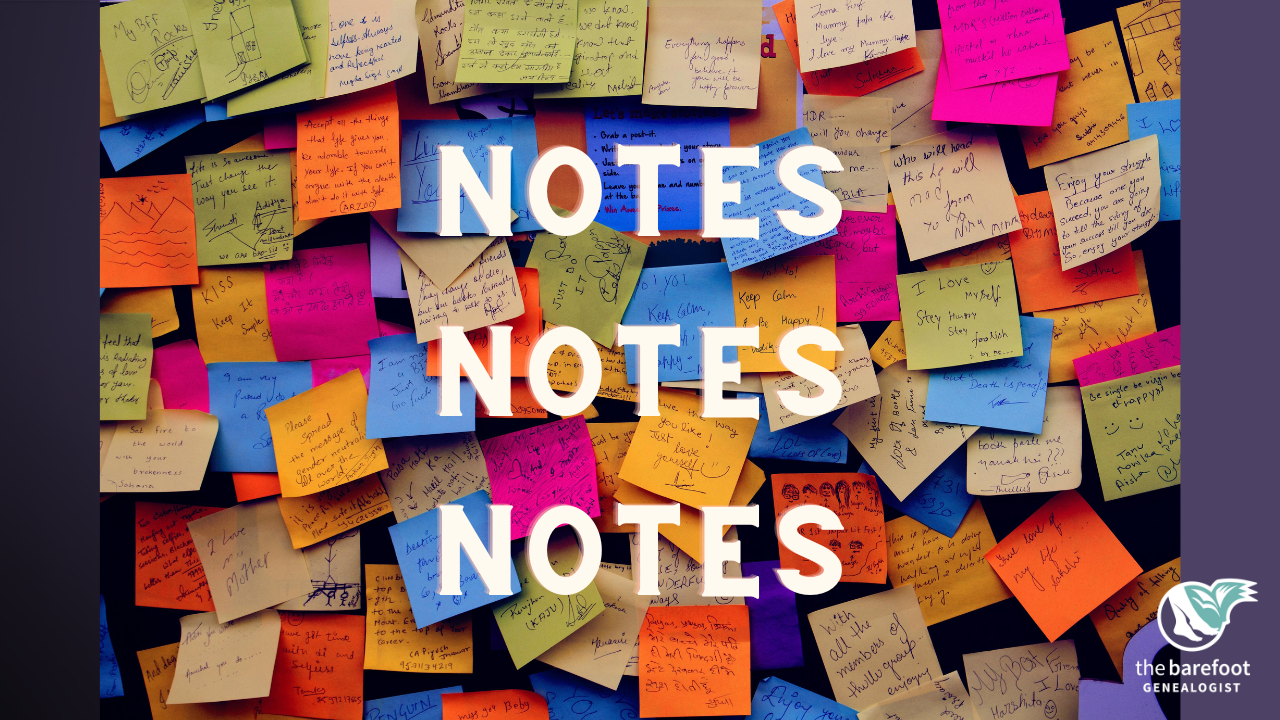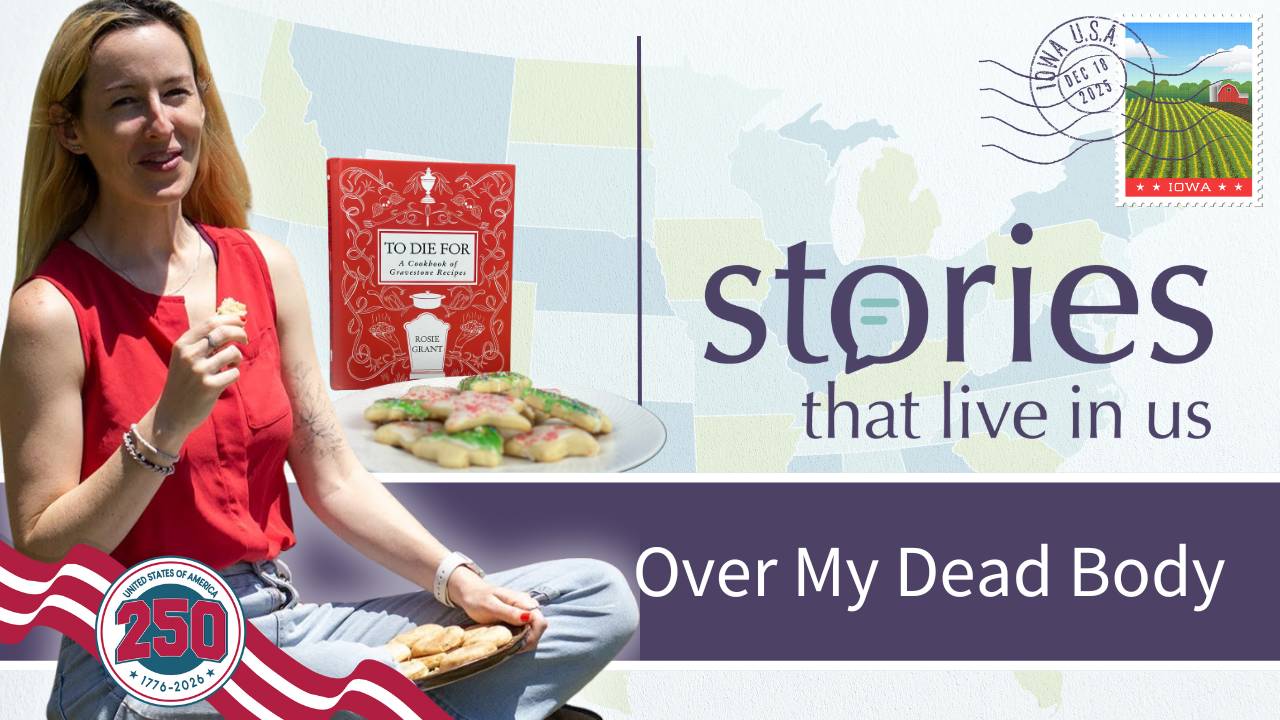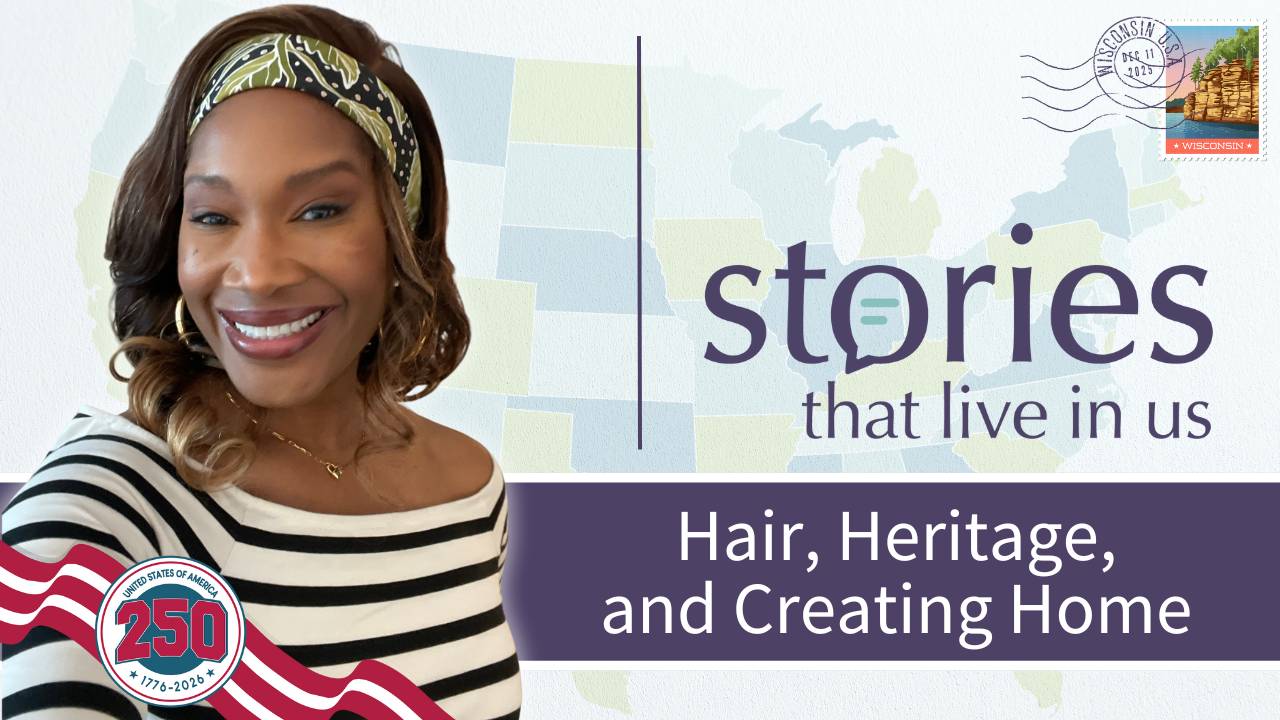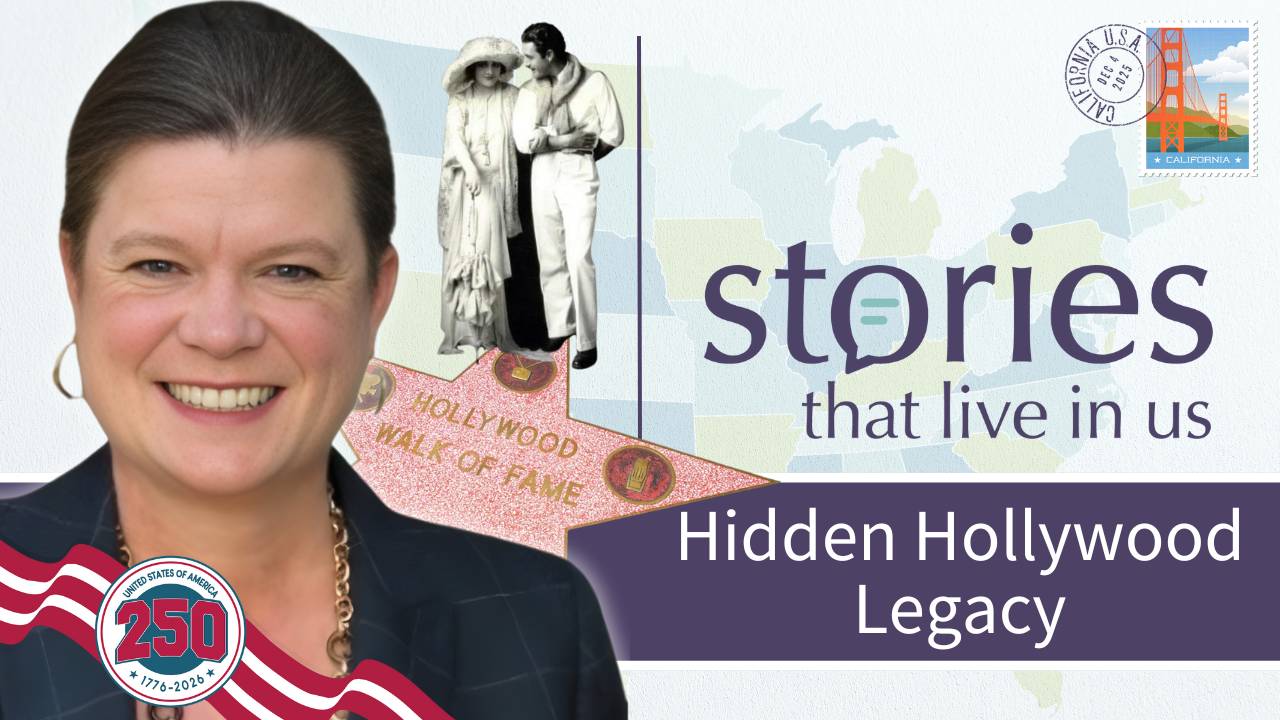Three Steps to Better Family History Note Taking
Dec 16, 2022
When you first start climbing your family tree, you probably don’t even know that you need to take notes. But, the first time you come back to someone in your tree and don’t remember what you did, why you did it, or what you want to do next, you realize that just maybe some kind of note taking system is in order.
When you’re a little more experienced, you keep a notebook next to your computer and jot down little notes and reminders and tasks as you go. But, sometimes your notebook isn’t handy so you grab a legal pad or a pack of post-its. Or, maybe you open a Google Doc and try to keep track of things that way. Some notes end up in your family tree and some end up in a file folder and some end up in One Note.
Now, the problem is that your notes are in a dozen different places with no order. You can’t get your hands on what you need, when you need it. And, you still find yourself retreading the same ground, making little forward progress.
“I always end up with all these papers with little notes on them and at the end nothing makes sense.” (Claire)
“I put notes in notebooks, legal pads, and anything near me to write on many times and then ended up losing my information and having to redo the same work over.” (Susan)
I’ve been there. So, I developed a system of note taking in my own genealogy research process that is simple, uses my Ancestry® online tree to full capacity, and means that I have exactly what I need, when I need it so I can keep making meaningful family history discoveries.
Here is my easy three step plan:
- Develop a template and use it consistently.
- Keep all of your notes in one spot.
- Write as you go.
Let’s take a closer look at each step.
Develop a Template
After decades of trial and error, I have perfected a simple note taking template. I use it consistently for each person in my family tree.
👣 NEXT STEPS
✍️ RECORD TRANSCRIPTIONS and COMMENTARY
📓 GENEALOGY PROOFS
When I open up the notes for any person in my family tree, I want to see, right at the top, what I need to do next. For years I tried keeping research notes in one place and a task list in another but the disconnect between the two often caused confusion and rework. Now, they are all in one place and that means that whether I have 20 minutes to work on my family tree or two hours, I am making the most of my time.
The “next steps” notes for a person in my family tree I am currently working on look like this:
The next section of my notes is where I transcribe each record that I find. As I discover records (but - and this is important - BEFORE I attach them to my tree) I transcribe every record I find. I want to make sure that I am extracting all of the juicy goodness from the record. I also want to make sure that I have fully analyzed the record and correlated it with the other evidence I have collected so far. By doing this step BEFORE I attach the record to my tree, I am able to catch 90% of the possible errors - errors in the record itself that I want to make sure I don’t perpetuate into my tree and errors of same name/wrong person entirely.
During this process of transcribing and analyzing the record, I also make any commentary. This includes things like: oddities that might need further investigation; relationships between other people listed on the record that are not explicitly stated; or transcription errors that may have been made.
One thing to make mention of is that regardless of the order in which I discover the records that tell the story of a person’s life, I always transcribe them in chronological order. For example, I may find the 1850 census, then the 1801 marriage record, then the FindAGrave page, then the 1840 census. But, when I transcribe those things I put them in this order: 1801 marriage record, 1840 census, 1850 census, FindAGrave.
At this point, I often add additional things to the “next steps” part of my notes. I do this so I don’t get distracted down a “rabbit hole” into investigating something that takes me off task. But, I don’t want to lose the thought or miss out on an opportunity for more discovery. So, I put it in the notes.
A sample from this section of my notes for Jonathan Sanford Dunlap looks like this:
The records themselves are saved then to my tree. I do this directly using the internal SAVE functionality on Ancestry or by adding my own source citation and attaching an image of the record (where there are no copyright or licensing restrictions prohibiting image attachment).
The final section of my notes template is where I put any genealogy proof statements, summaries, or arguments. These are simply my reasoned out thoughts for why I believe certain facts or relationships stated in my tree belong there. Sometimes it is a simple statement of fact based on direct evidence. Sometimes it takes me several paragraphs to piece together indirect evidence that I have collected, transcribed, analyzed, and correlated in order to come to a particular conclusion.
(If you are interested in learning more about this process, please leave a comment below and let me know. I can walk through a few proofs in a “pajamas & pedigrees” session and write a blog post giving more details.)
That’s it for the template - next steps, transcriptions, and genealogy proofs. Please feel free to use this basic notes template for yourself. Tweak it where necessary to meet your needs. And, if you feel something is missing, please leave a comment. I’d love to know what needs you have that you don’t feel are met by this simple process.
Keep All Notes in One Spot
I have tried all of the things - paper solutions, digital solutions, hybrid solutions. None of them have worked as well as simplifying it to the one place where I was spending the majority of my time - my online family tree at Ancestry.com.
Every person in your online family tree has a NOTES feature. Anything put into the NOTES section of any person on any tree on Ancestry is private. It doesn’t matter if your tree is public like mine (meaning anyone with an Ancestry subscription can see the dead people in my tree) or if your tree is private - all notes are private. That means that the only people who can see the notes in my tree are me (as the tree owner) and the two people who I have invited to the tree as editors (which happens to be my parents).
“Keeping notes in my tree makes so much sense.” (Kathleen)
Every person in your online family tree also has a feature called MyTreeTags™. This allows you to keep track of and recall lists of people in your tree based on any number of criteria. For these purposes I use the “Actively Researching” tag to keep track of everyone in my tree who has an outstanding list of NEXT STEPS in the notes. When I sit down to work on my tree, I filter to that list of people with that tag and can jump right in where I last left off with them.
Write as You Go
It’s fun and easy to chase leaves in an online tree. But, when I get lazy and do that I often find myself making dumb mistakes, attaching people that aren’t really related to me, and creating Franken-people out of my relatives. I create brick walls for myself. I perpetuate bad information. And, I make it more difficult for my family to make meaningful connections with our living relatives and AncestryDNA Matches.
By slowing down just a smidge and taking notes as I go, I am less likely to make mistakes. I don’t have to try to remember what I was doing from one research session to the next. I get to really dig in and make meaningful discoveries that often turn into stories I can share with my family.
So, my third step for a simple note taking process is to write as you go. Then, leave yourself just a few minutes each time to read back over what you’ve written and clean up your notes. This way the next time you sit down to make some fun discoveries in your family tree you can dive right in and have the confidence that you are climbing your family tree and not someone else’s.
“The process is a game changer - so very helpful.” (Kate)
If you want to see exactly what this whole process looks like in practice, it is not too late to purchase recordings of the December “pajamas & pedigrees™” sessions. You can follow along as I work on my family tree. You can see me fill in my next steps, transcribe records, and hear my commentary as I piece evidence together.
When you sign up for the January sessions, you can purchase all three December sessions for just $15.










